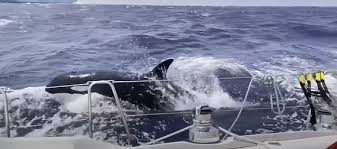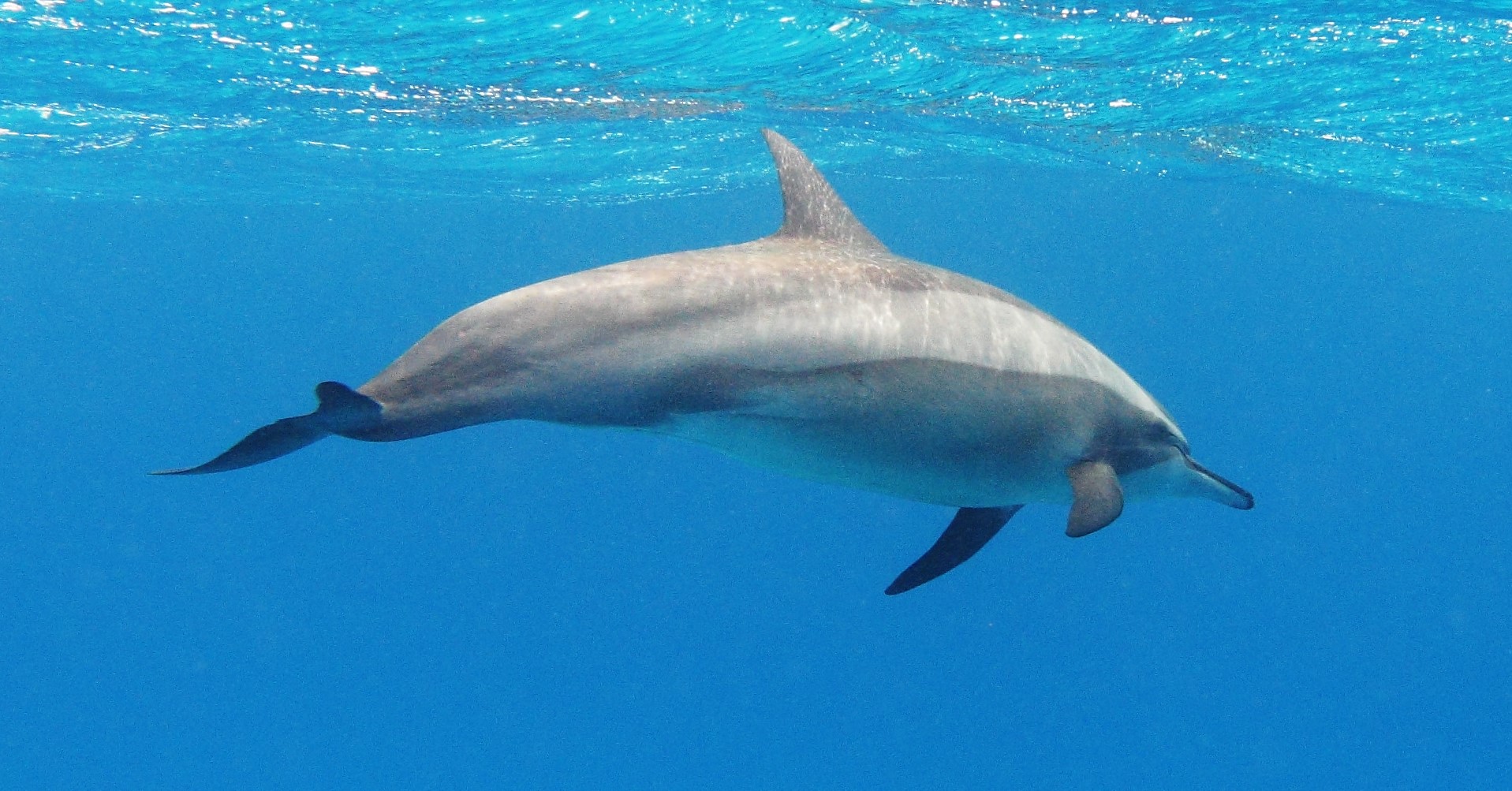I wrote (several years ago) about the odd attacks orca were making on boats off the coast of Portugal (around the straits of Gibraltar). Unfortunately, this behaviour has now spread to French waters, with 2 orca ramming a sailboat of northern France, damaging the rudder so badly, that coastguards had to tow it back to land.

While this is in a new area, this is one of nearly 700 attacks by orca on boats along the Atlantic coasts of Europe since 2020 – with around half of these attacks causing mild to serious damage. The Orca tend to attack the rudder, making it impossible to steer the boat.
This behaviour has been linked to a group of 35 Iberian orca, from which 16 individuals engage in these interactions (4 adults and 12 juveniles).
It is unclear what causes this behaviour. Some experts have suggested that it is a form of misbehaviour in teenage orcas, though other suggest that it was actually a result of an animal being entrapped at some point by a sailboat – causing phsycological trauma – leading to a need for revenge in the population. This may have been the same orca, as they tend to follow their prey of Atlantic blue-fin tuna north to the Bay of Biscay (in the summer) so these could have been some of the same animals.
It should be noted, that this is still thought to be restricted to a small group of animals (especially if it is shown to be members of the original group), and so people should not fear orca as a species.












